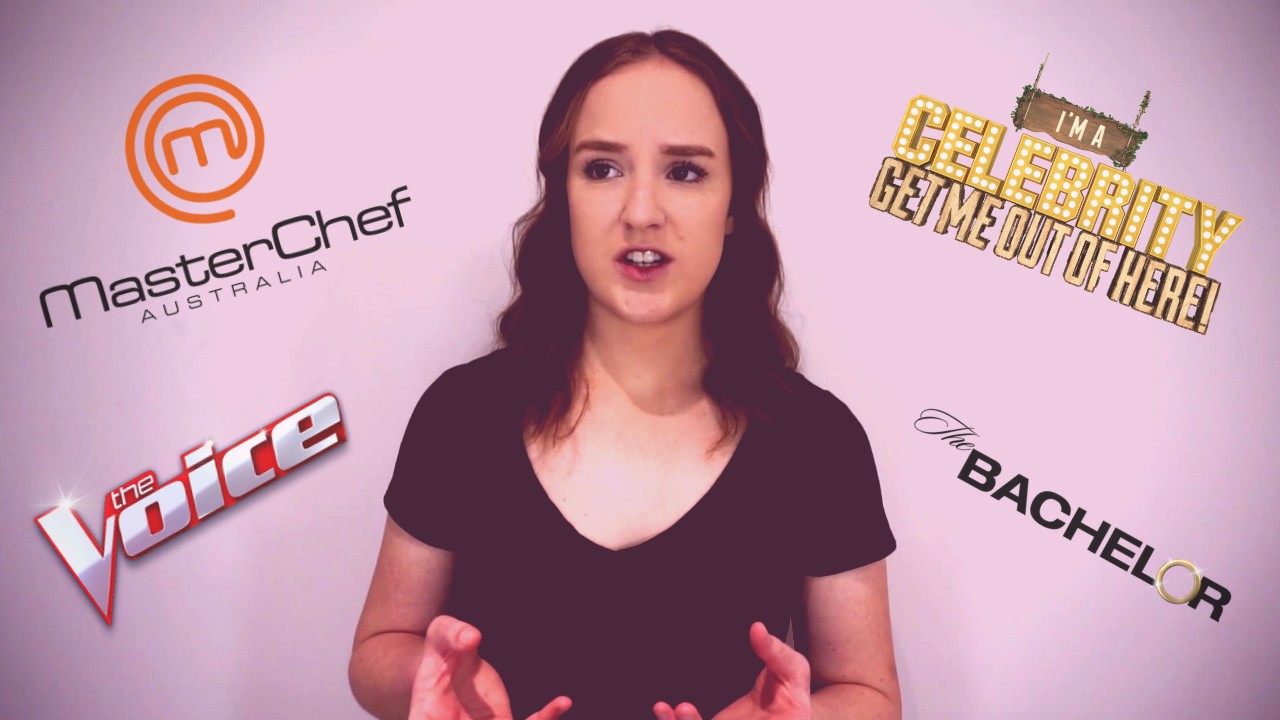For almost three decades, reality TV in Australia has provided audiences with laughter, drama and tears.
With some of the most successful shows on Australian TV like Masterchef Australia, The Block and The Bachelor, the genre has truly made its mark as one of the big drivers of high TV ratings.
A brief history…
Since reality TV’s dawn in the 1990s, there have been over 150 shows of that genre in Australia. The first was Sylvania Waters, which premiered on the ABC in 1992. The program followed the Donaher family in the Sutherland Shire over a six month period.
After the release of Sylvania Waters, reality shows started to make an appearance in the late 1990s with Who Dares Wins and Man O Man.
However, the genre really started to flourish in the 2000s. Australian Idol and Big Brother were among the top tier of programs with millions of viewers throughout most seasons and finale episodes. Australian audiences were also introduced to popular shows like The Biggest Loser, Dancing with the Stars and So You Think You Can Dance.
“You could be just as easily addicted to watching reality TV as you could be to gambling.”
In the 2010s, the demand for reality TV shows continues to grow. There are now several shows around similar ideas on different networks like the cooking shows, Masterchef Australia, The Great Australian Bake-Off and My Kitchen Rules.
Renovation shows have become an increasingly popular sub-genre with The Block and House Rules. However, dating shows have become the marquee player with The Bachelor, The Bachelorette, Love Island Australia and First Dates consistently making entertainment headlines.
In 2018 alone, there have been 36 reality programs that have been or will be aired on Australian television. That doesn’t include shows like Millionaire Hot Seat, The Chase and Australian Ninja Warrior.
With such a glut of reality shows on our screens, it’s unsurprising that some programs are winning the ratings game.
Last month, the Masterchef Australia finale had the highest number of viewers for the night. In March, Married at First Sight and My Kitchen Rules were battling it out for first and second place on the ratings chart on more than on occasion.
In the 21st century, six reality TV shows have finished the year with the highest ratings in Australia. It even occurred for five consecutive years from 2009 to 2013.
With the rising popularity of reality shows, social media is now playing a key role in audience interaction. Twitter has seen reality TV shows trend on the platform with thousands of tweets each night. In 2016, The Bachelor, My Kitchen Rules and I’m A Celebrity… Get Me Out of Here! were among the top 10 television shows trending in Australia.
So it raises the question… Are we obsessed with reality TV?
When the question was asked in the survey, 83 per cent of respondents said they believe the genre is addictive.
Hatch spoke to psychologist Olivia Ricciardiello about what exactly defines addiction. In relation to reality TV, she said, “You can begin to classify something as an addiction when a person is unable to abstain from watching reality TV, experiences cravings and a strong desire to watch reality TV, and where watching reality TV creates dysfunction in the person’s day to day life, for example, their routines, responsibilities and relationships.”
Now, you might be thinking, ‘Isn’t being addicted to reality TV a bit of an extreme statement?’ Not according to Dr Ricciardiello.
“You could be just as easily addicted to watching reality TV as you could be to gambling for example. Reality TV may possibly provide an escape or a distraction to someone who is unhappy with aspects of their own lives. If watching reality TV makes them feel good, and it triggers that reward system in their brain, they could easily become addicted,” she said.
Dr Ricciardiello also said this kind of addiction can be just as dangerous as any other. “Reality TV, in particular, may become dangerous in the sense that it might warp someone’s perception of what life really looks like.”


